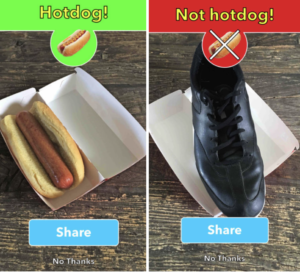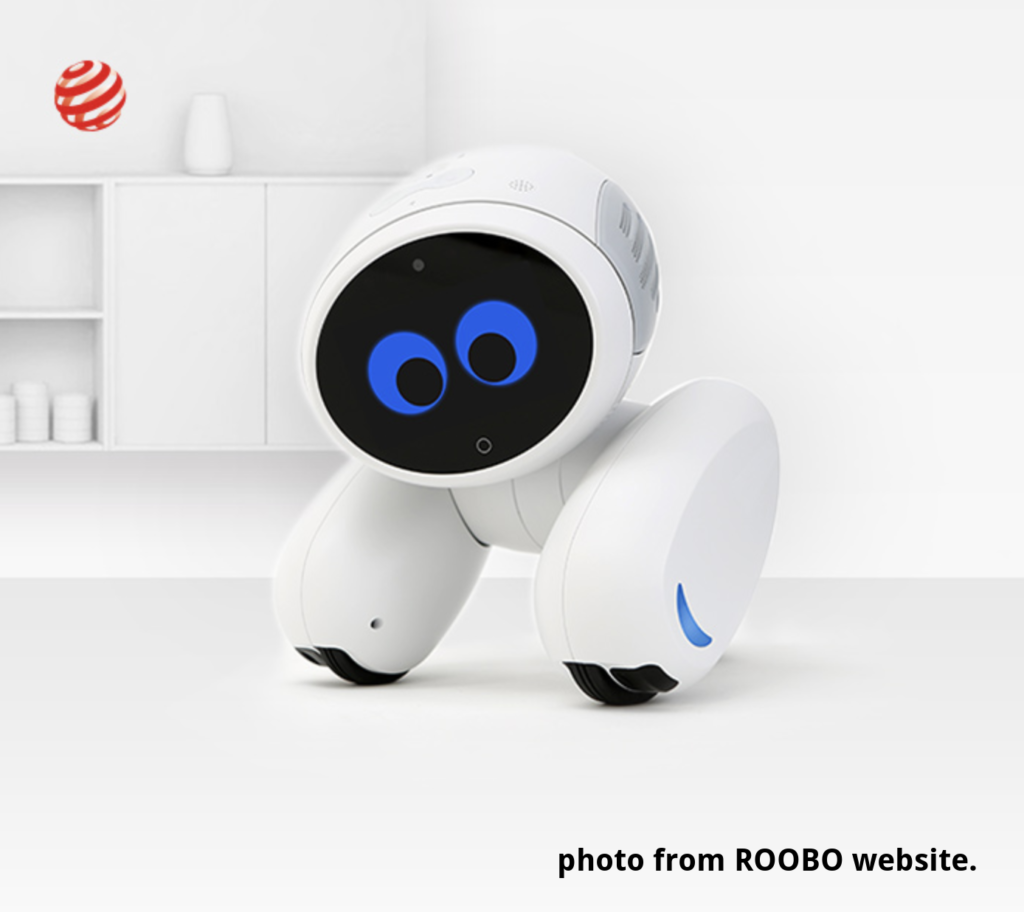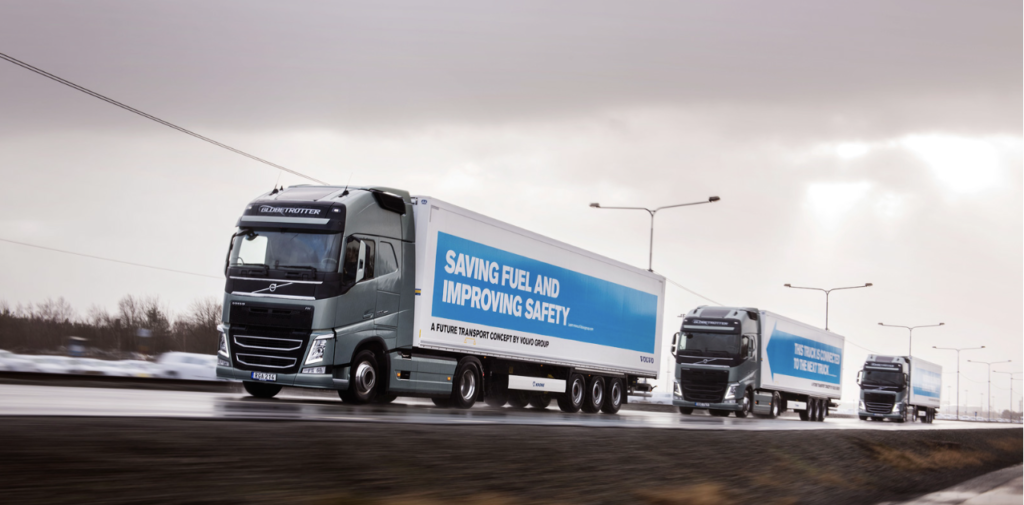Artificial Intelligence – The Hype
2017-11-22
The hype around Artificial Intelligence in Silicon Valley (and elsewhere) is at an amazing level at the moment.
Elon Musk, CEO of Tesla, said “the race for AI will be the most likely cause of World War III.” He was responding to Vladimir Putin’s statement that “first global leader in AI would become the ruler of the world.”
This level of excitement – or hysteria? – may be a bit concerning. Many people are wondering where AI is right now, what is overhyped, and what might be the most interesting new startups in the future.
How Effective is AI Today?
AI is evolving at an amazingly fast pace. Currently, some leading VCs have said that AI is at the stage where “you can teach a computer anything you can teach a smart 3 year old child.” A well known example of AI that most people know is image categorization. AI can who, or what is in pictures, perhaps at a skill level of a 3 year old. You may have noticed that Facebook now will suggest the names of people in pictures.
A Simple Example

There is one easy and fun way to try image categorization yourself. There is a famous comedy show about Silicon Valley in the USA which is called, “Silicon Valley.” The creators of the show had a skilled AI programmer create an app called “Not Hot Dog.” It uses AI to look at a picture and decide if there is a picture of a hot dog in it. It is not practical of course, but shows how AI can work.
Popularity of AI and Focus by Large Silicon Valley Companies
Although there are hundreds or thousands of “AI Startups” in Silicon Valley, longer term, AI is being incorporated into most new products in one way or another, and the majority of those AI startups are looking to sell their algorithms to other companies. To take the Not Hot Dog example, an AI application that identifies food, is probably long term more likely to be incorporated into a shopping, supermarket or dieting app than be a stand alone food recognizer.
The Big 5 (Amazon, Apple, Facebook, Google, and Microsoft) are going whole hog into AI in most of their products, and seeing it as a competitive advantage. They are competing to hire the best artificial intelligence engineers by throwing massive salaries at them. As just one example, Forbes has shown the average engineer specializing in self driving cars now makes $300,000 per year.
The Big 5 are using AI for their internal projects, but they are also providing “Artificial Intelligence as a Service” to other companies large and small. For example, in the future, most companies would presumably not create their own food recognition app but use something like the Amazon Rekognition service.
One engineer tells me that “the speed of innovation in AI by the Big 5 and companies overseas is amazingly fast. Therefore, it is hard for startups to compete in general use AI, even if they are able to pay salaries of top AI experts.”
Buyout Activity
Large companies have been buying AI companies at a very fast rate, over 50 so far this year. The largest was Ford’s purchase of Argo.ai to help self driving cars, announced as a $1 Billion investment. Google famously has a product called DeepMind, which can beat the best Go players in the world. This was a buyout as well of a British company for over $400m.
But it is not just the Big 5 who are buying AI companies. American farm equipment company John Deere purchased a 60 person AI company for better dealing with weeds for over $300m.
AI Focus By Startups
Many smaller companies are wary about competing with the Big 5 on broad applications. To compete, they typically focus on a specific use case, such as DriverMiles in transportation. Or, they have technical expertise that may be ahead of the Big 5, such as the multi-sensor focus of Deepscale or the linguistic focus of Basis Technology.
Other startups are grabbing specific niches of AI usage. Some are practical, some are just cute and less practical. Typically, the startups that appear promising are in a defined niche, and are in less eye catching areas.
For example, a Beijing based company ROOBO has created DOMGY, a robot that uses AI to recognize family members to better follow them around the house. As interesting and eye catching as this is, I believe exciting innovation from startups will come in niches that may appear less glamorous (ROOBO itself is very innovative. They have some useful products in addition to DOMGY) . For example Thrive Bio is using AI to identify cells in laboratories that are not growing correctly, with implications of much faster and better drug development.

※Photo from ROOBO website: DOMGY will follow around family members and such, but is unlikely to change the world.
Self Driving Trucks > Self Driving Cars
Perhaps the greatest hype in AI in the press is around self driving cars. Similar to robots, self driving car technology is exciting and buzzworthy. But again, the less glamourous world of trucks will go self driving much sooner than cars will. A self driving truck can simply follow a truck with a driver in a convoy. Following another vehicle is much easier technically and therefore, safer. Expect these trucks on the road in 2018.

※Photo from engadget: A self driving truck convoy, with the human driver in the first truck only.
What is Next? Lessons for Large Corporations
As mentioned above, we can think of AI today as the ability to teach a computer anything that you could teach a bright three year old. Progress continues to be very fast, so we can expect machines to do tasks that progressively older children might master.
Japanese and other corporates who are looking to incorporate AI into their products should look at larger companies (Amazon, Google etc) for AI platforms, but at startups for targeted solutions for specific problems. They may find it is hard to identify which startups are the best, since there are so many of them and the hype cycle is at its peak.
Written by Ron Drabkin, Venture Partner at DreamVision Inc. Serial Entrepreneur & Angel Investor based in Silicon Valley.